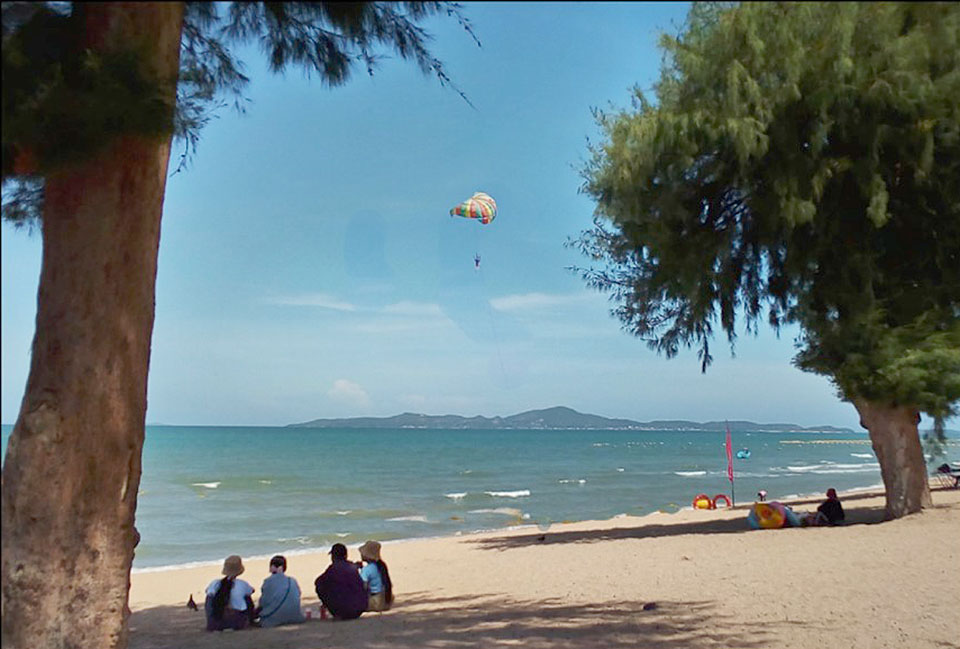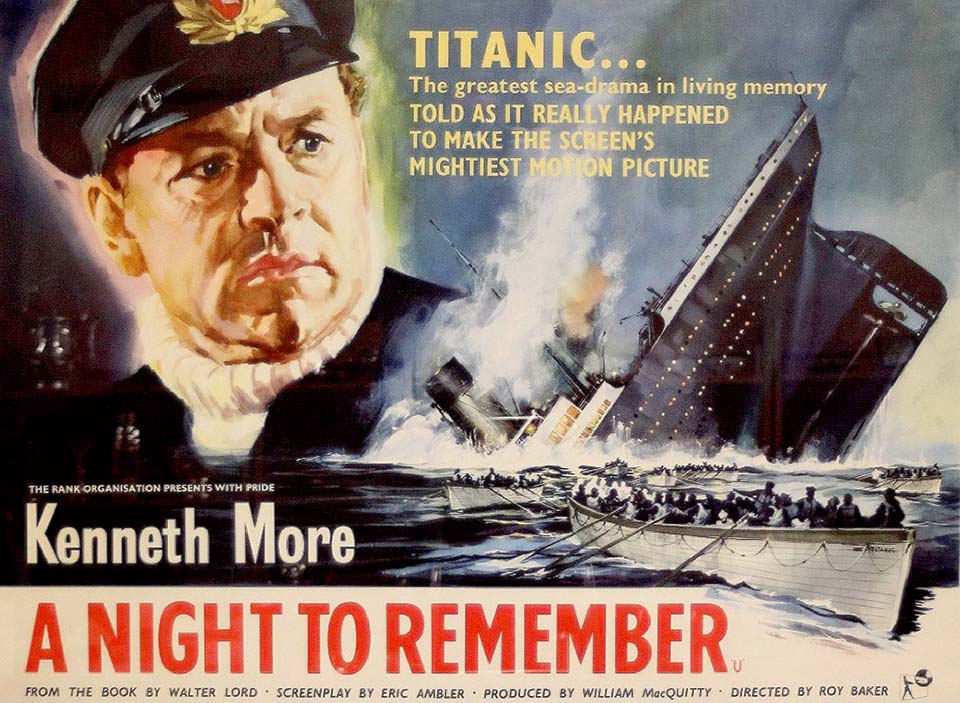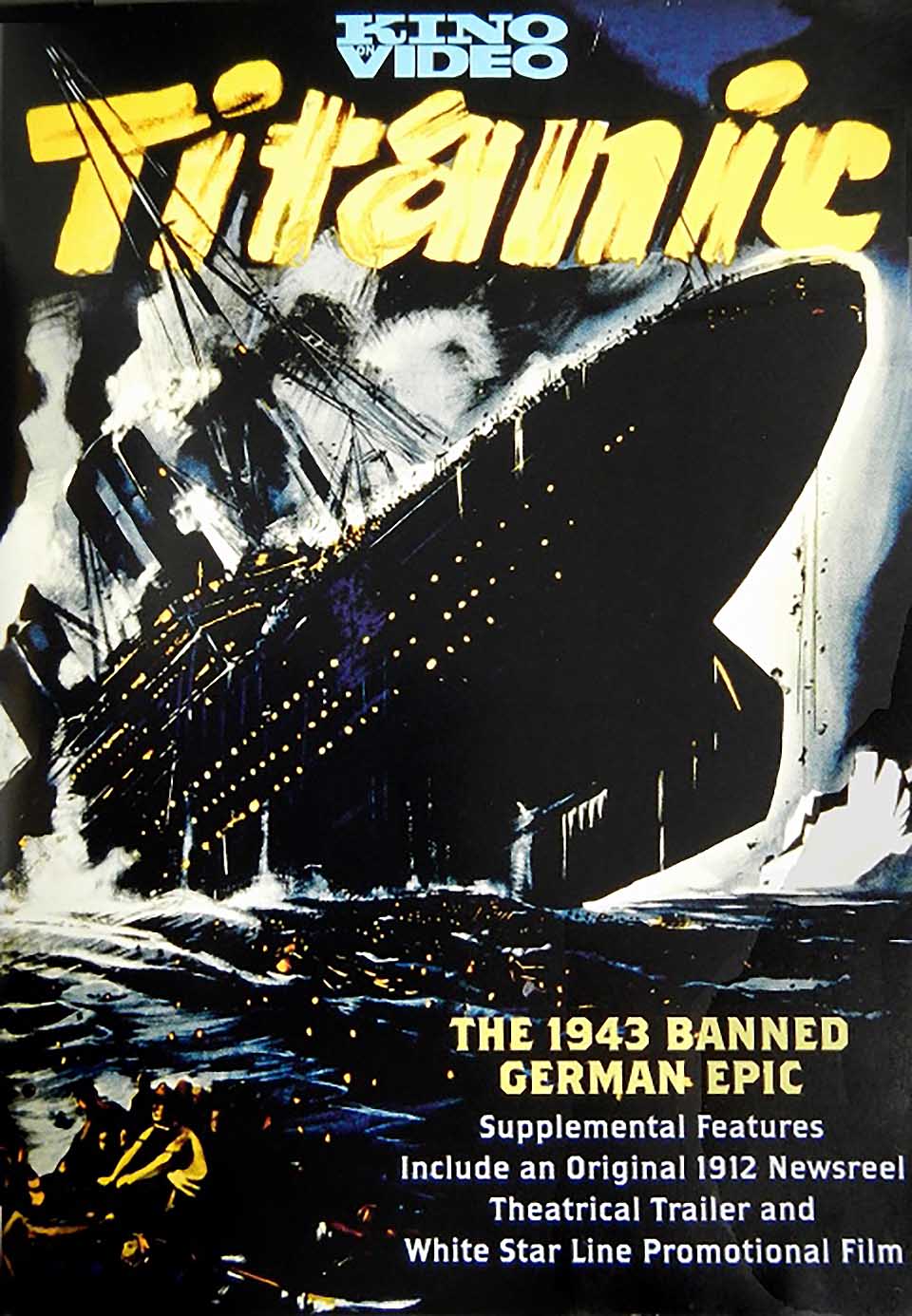

Songs from the Sixteenth Storey
Phew, wharra a scorcher…
Pattaya along with the rest of Thailand and indeed the Northern Hemisphere, has been enduring months of torrid heat and, according to AccuWeather, “dangerous” levels of humidity.
As the sweltering heat engulfed us, it brought with it an overpowering sense of discomfort and unease. A scorching sun beating down mercilessly to make each day feel like an endless battle against the heat. The humidity added to the misery, creating a steamy and suffocating atmosphere that seemed to cling itchily to the skin.
We in Pattaya are used to heat. Thailand is, when all said and done, a hot country. Indeed many farangs have moved here for that very reason. But this year the traditionally hot months April, May and June have delivered heat on an uncomfortable and. worrying scale disrupting the usual rhythm of life. This has been particularly evident in up-country rural Thailand, an energy-sapping toll causing distress to farmers and threatening ecosystems.
True there are many who say this is just part of a perfectly normal cycle of weather patterns and dismiss concern about climate change as “superstition”. Others, the Scribbler among them, and hopefully a majority think the opposite and believe the intense heat and humidity of the past few months serves as a stark reminder of an urgent need to address global warming and its consequences.
Another rather worrying weather development; we are as I write in mid-July supposed to be well into the early rainy season but have yet to see anything more significant than a shower or two. Old Pattaya hands will, given half a chance, tell you that in the good old days(?) you could “set your watch” by the 4pm arrival of the daily deluge.
The header I put on this story occurred to me as I remembered how long, long ago as a very junior provincial journo I was one summer when the mercury hit the astonishing high of about 75F being ordered to collect a couple of eggs from the canteen and fry them on the scorching pavement. A stunt that simply made a slippery and hazardous mess!

Tales of the Titanic and the Titan
As sweltering June morphed into an equally sweltering July the world’s media was gripped by the descent and disappearance of the Titan a tiny submersible together with its five passengers, two of them billionaires on what appears to have been little more than a dangerous joy ride.
After a week long search across the fathomless depths of the North Atlantic by the navies and coast guards of several nations the Titan was declared lost, evidently as a result of a “catastrophic” implosion.
The news immediately triggered heated debate across the social media. Was it a tragedy or just hubris? Many, the Scribbler among them, think billionaires paying exorbitant amounts to gawp at the Titanic wreck, the watery grave of more than a thousand souls, is simply exploiting a disaster to satisfy a mere whim.
I go no further into that debate! However the incident did trigger the Scribbler’s curiosity. I wondered why the Titanic disaster continues to fascinate 111 years after it happened. I tend to think it has been sustained by the countless films, books and plays that have either used the sinking as a backdrop to another storyline or have portrayed the event itself as the primary plot. There have been at least a dozen films of both genres going right back to the first made just months after the event.
The latest, as far as I know, is the 1997 ‘block buster’ Titanic. Alright in its way if you go for the Hollywood’s largely fictitious romantic and sentimental approach.

But in the Scribbler’s opinion by far the best as well as the most accurate is ‘A Night to Remember’. This 1958 film portrays events in a more documentary far less romantic style, focusing on individual experiences of the passengers and crew as well as broader picture. It’s a comprehensive account of the tragedy. It succeeds brilliantly and was made on a budget of £600,000, a fraction of the cost of James Cameron’s ‘Titanic’, but nevertheless it was then the most expensive film ever made in Britain. Although an acclaimed critical success never did particularly well at the box office and, as far as I know, has never fully recovered its production cost.
Its cast, led by the late Kenneth More as second officer Lightoller, was composed largely of the J Arthur Rank repertory company (the “Pinewood Players”) on, I’m sure, distinctly non-Hollywood salaries! The Atlantic was played by Ruislip Lido.
More than six decades on since its release, ‘A Night to Remember’ is regarded as the most definitive and enduring cinematic depictions of the Titanic’s sinking, capturing the attention and imagination of audiences with simple storytelling and historical accuracy. Although it does have a scene, that is known never to have taken place. The opening sequence depicting the ship being named with the traditional bottle of bubbly is nonsense. The White Star line did not believe in such ceremonies and never allowed them. Similarly the scene in the later epic here the two young protagonists stand together on the ship’s forepeak is complete fiction. Any old salt who sailed in the great liners will tell you that passengers were never permitted for’ard of the bridge.

Research then took the Scribbler to a very curious example of the genre The 1943 German film “Titanic,” directed by Herbert Selpin and Werner Klingler. It was produced apparently under the direct supervision of Joseph Goebbels and the Nazi Propaganda Ministry. The film portrays the ship’s crew in a positive light, highlighting their professionalism and dedication. The film’s limited budget and resources are evident in its special effects and production values. However it was praised for its performances and the tense atmosphere created. Although obviously a propaganda tool, intended to highlight British arrogance and negligence, it’s worth watching while bearing that in mind.
Both can be viewed on YouTube. ‘A Night to Remember’ is also available in a ‘colourised’ version – the original black & white is much more watchable.
Today, as I write, it is Bastille Day – Féte Nationale Françraise commemorating the storming of the Bastille on July 14 1789, a seminal date in European, indeed world history, so tonight I will raise a glass or three to the cry of “Vive la France”!






